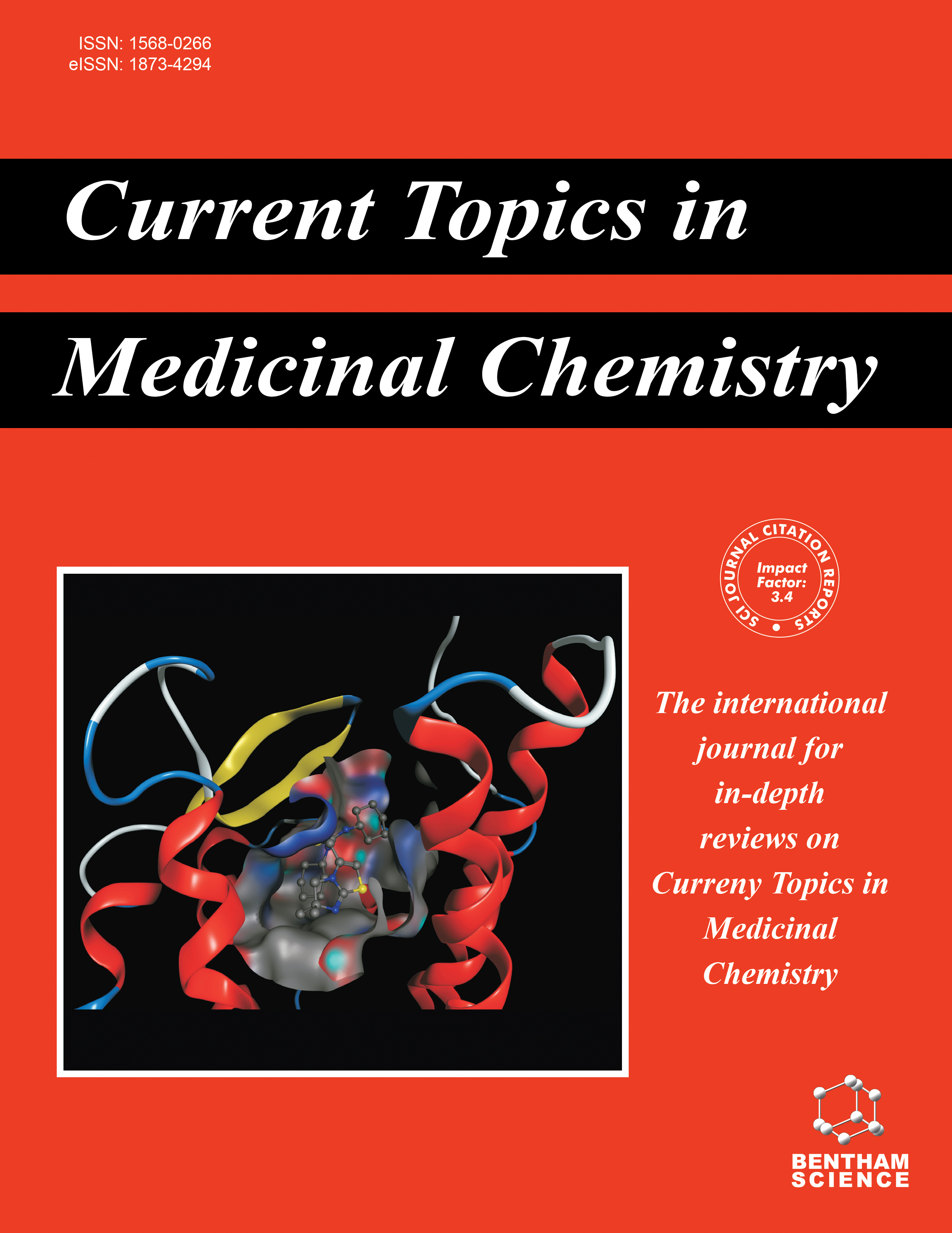-
oa Editorial [Hot Topic: Strategies to Treat Substance Abuse and Addiction (Guest Editor: Christopher R. McCurdy)]
- Source: Current Topics in Medicinal Chemistry, Volume 11, Issue 9, May 2011, p. 1102 - 1102
-
- 01 May 2011
- Previous Article
- Table of Contents
- Next Article
Abstract
Treatments for substance abuse disorders and improving the understanding of how drugs of abuse behave are important endeavors that still require medicinal chemistry approaches to solve. This special issue includes the discussion of some protein targets that are not well studied and that have no approved drugs specifically targeting them. Certainly, some of the areas discussed in this special issue are hot areas of drug development. The fact that there are still no approved medications in the United States to treat cocaine or methamphetamine abuse underscores the urgent need for drug discovery and development in these areas. Also, ways to mitigate opioid abuse are addressed in this issue. Finally, there are a couple of articles on the GABA system that can be linked to some of the consequences of drugs of abuse and disorders that are the results of drug abuse. This special issue begins with an article from Peter Crooks and Linda Dwaskin's groups at the University of Kentucky on analogs of the natural product, lobeline, as potential treatments for psychostimulant abuse. The targeting of VMAT2 is an interesting and promising area for medications development, particularly in the area of methamphetamine abuse. Next, and article from Chris McCurdy's lab at the University of Mississippi discusses targeting sigma receptors to attenuate the stimulant and rewarding effects of cocaine. These two articles address some recent targets with great potential in discovering and developing a drug for the treatment of cocaine or metehamphetamine abuse. Next, there are three articles involved with the opioid systems. First, Nurulain Zaveri from Astraea Therapeutics details targeting the Nocicpetin/Orphanin FQ receptor (NOP) for drug abuse medications. This target shows some interesting and unique potential for mitigating the effects of drugs of abuse. The second article comes from Susan Mercer and Andy Coop and details opioid analgesics and the P-glycoprotein (P-gp) efflux transporters. This is a review that deals with the contribution of the P-gp to analgesic tolerance and particulary how compound lacking P-gp substrate activity might be exploited. The final article in the opioid area comes from Jessica Adkins, Edward Boyer and Chris McCurdy and focuses on the natural product Mitragya speciosa (also known as Kratom) and its potential ability as a medication to alleviate opioid withdrawal syndrome. The last two articles in this special edition come from John Atack and detail the development of GABAA receptor subtypeselective modulators as either non-sedating anxiolytics or cognitive enhancers. These projects could result in drugs that would be potentially devoid of abuse potential as anxiolytics; and compounds that would have the potential to aid in cognitive deficits that may arise from several types of disorders. In summary, many years and millions of dollars have been spent targeting the dopamine system to attenuate drugs of abuse without much success. Currently, there are many novel targets being investigated that hold promise in the development of drugs to help in the treatment of substance abuse disorders. Although this issue only covers a few of these systems, it is clear that other important systems can be targeted as potential avenues for medications development.


